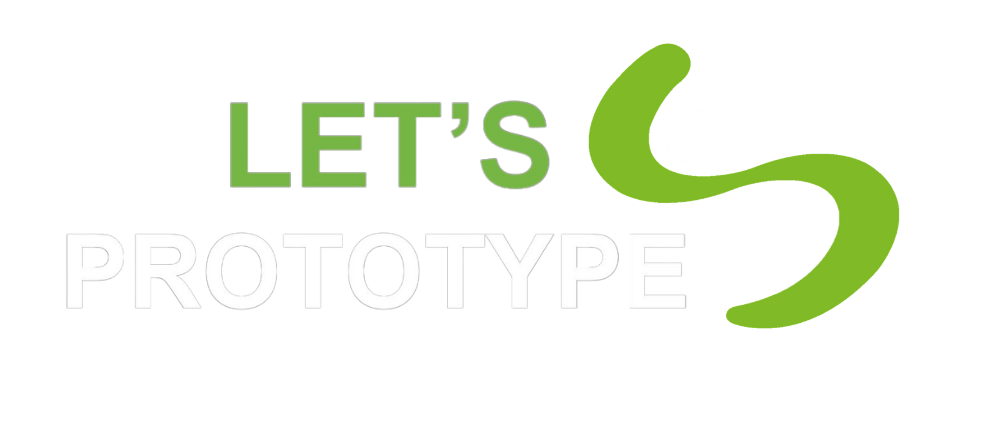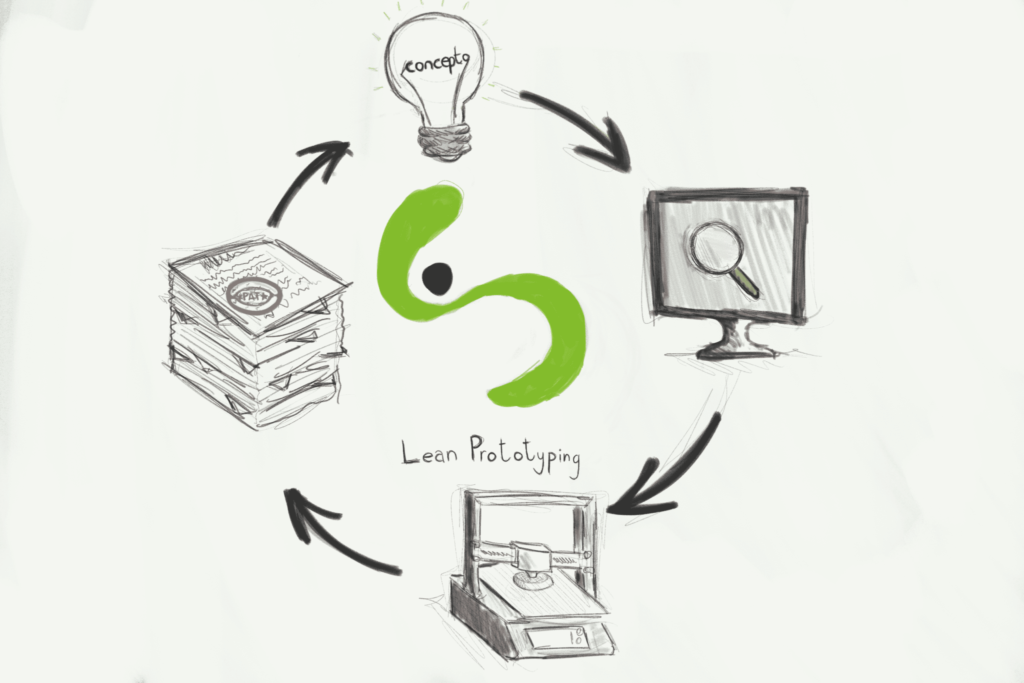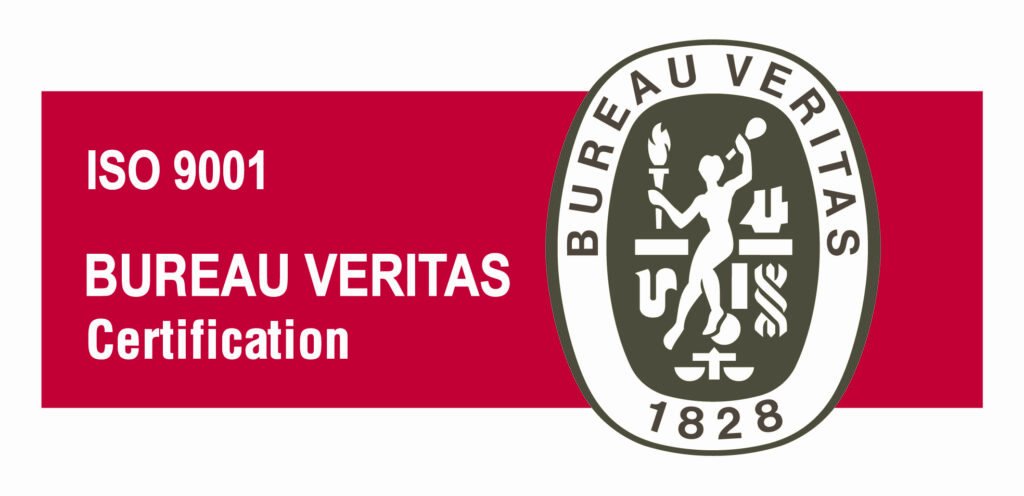Inventors also have a method. Lean Prototyping
Lean Prototyping is a clear method for people facing the challenge of turning ideas into products with high possibilities of succeeding in the marketplace. Lean Prototyping is the result of 11 years of experience working with entrepreneurs, inventors and innovation directors of multinationals. It was born out of the most frequently asked questions, the most common errors and the most resounding failures we’ve witnessed. Of course, Lean Prototyping also includes as an ingredient the keys to success of excellent projects with which we’ve had the good fortune to work.
If you prefer not to call it by its usual English name, you can also call it by its other name, “Light prototyping” method.
The method has four fundamental objectives:
- Understand step-by-step the process of turning ideas into products with extremely high possibilities of success in the marketplace.
- Define and optimize the economic resources required for the process of turning an idea into a product.
- Avoid shortcuts in the process of turning an idea into a patent. Shortcuts doom over 80% of inventors to failure.
- Build technically and commercially feasible products.
If you’re a private inventor or head of an innovation department and these objectives do not align with your short-term priorities, I suggest that you stop reading. Otherwise, I guarantee that this method is for you.
Although my aim with this article was just to make you aware of the existence of the Lean Prototyping method, I’ll attach a small graphic sketch here as a preview. During the upcoming weeks, we’ll post instructions for each step. We also have an express 5-hour course during which we’ll explain each step on a one-on-one basis. If you’re interested in the course, please schedule a call so we can explain the details:
Step Nº 1 – From idea to concept and from concept to idea: Refers to the ideation stage. We’ll give you some tips to ensure that, in the innovation process, you never forget that your product must solve a real problem in the marketplace. This post will be available very soon.
Step Nº 2 – Prior art and technical feasibility: We will tell you how you can search, without leaving home or spending any money at all, any possible registered or patented prior art that could threaten your product. Do not get discouraged; here we can lend you a hand and look for alternatives so that you can strengthen your invention and compete in the marketplace. We can also study your product’s technical feasibility.
Step Nº 3 – Prototype design and development: This stage is Let's Prototype main strength. We’ll tell you how we arrive at working prototypes in a very streamlined fashion. In addition, you’ll be able to understand how we adjust the prototype to meet your short-term business objectives. Don’t worry, this is what we do for a living and we’d be delighted to assist you.
Paso Nº4 – Protege lo que inventas: Estoy seguro que cuando lleguemos a esta parte del método, comprenderás por qué patentar antes de tiempo es el peor error que puede cometer un inventor. Apelando al sentido común, definirás que el registro de las patentes o la aplicación de cualquier método de protección legal, es un proceso que debe partir del prototipo, en ningún caso, debe anteponerse, aunque la intuición te diga que evitar que te copien es lo primero. 😉
If you found this post useful, remember that there are thousands of inventors who share your doubts. Help our community by sharing its content.
Recent Posts
Tell us your idea
- Apple Patent Conflict. Conclusions for Inventors - January 5, 2024
- How to register a trademark in the USA? - November 14, 2023
- How to obtain funding to launch a product to the market? - August 9, 2023




